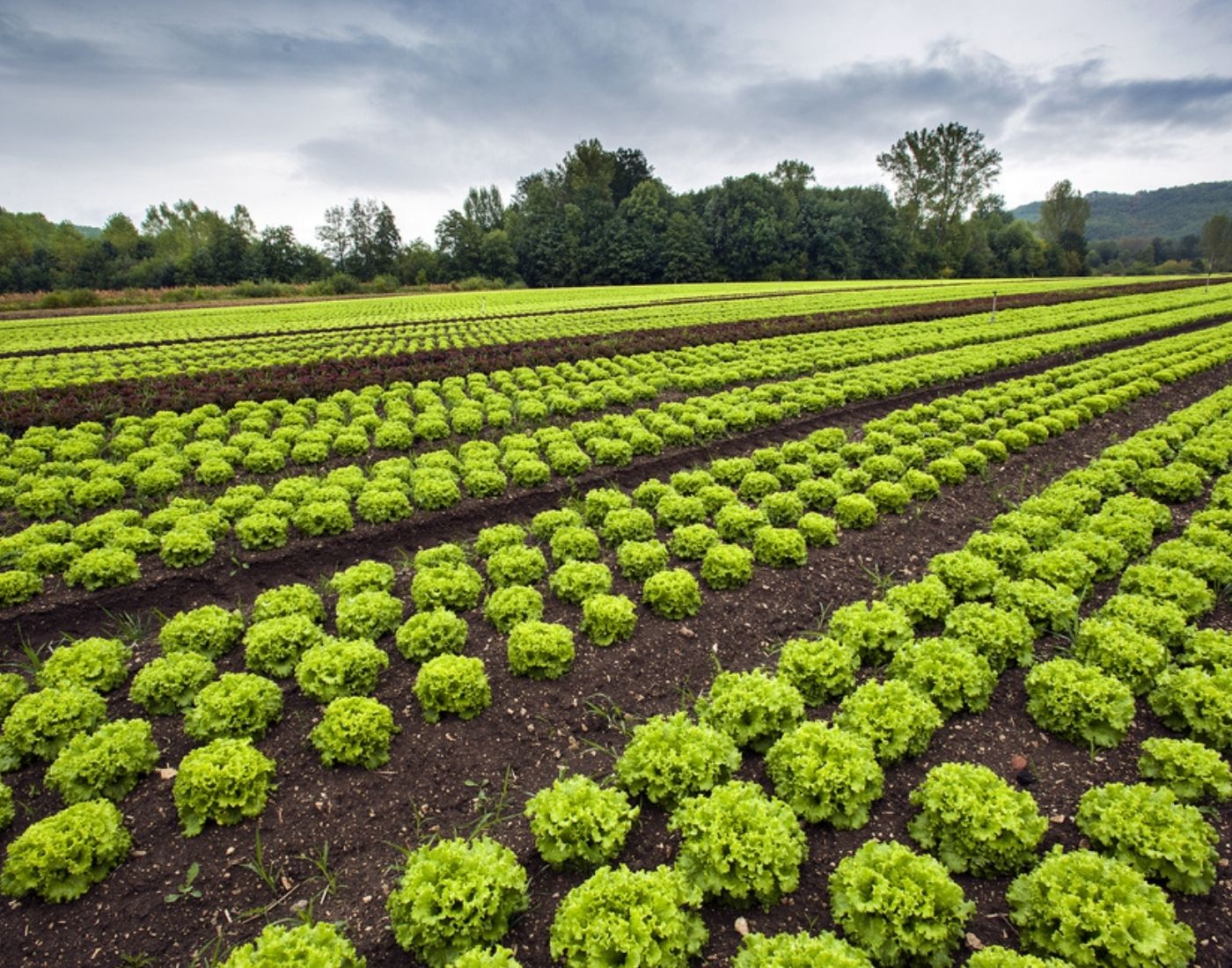CookSafe helps catering businesses understand and implement systems based on Hazard and Critical Control Point (HACCP). Enforcement officers can use the CookSafe manual to assess a food businesses' HACCP-based procedures.
Tools and training
This section provides food businesses with free tools and training to help your business to comply with food and feed law

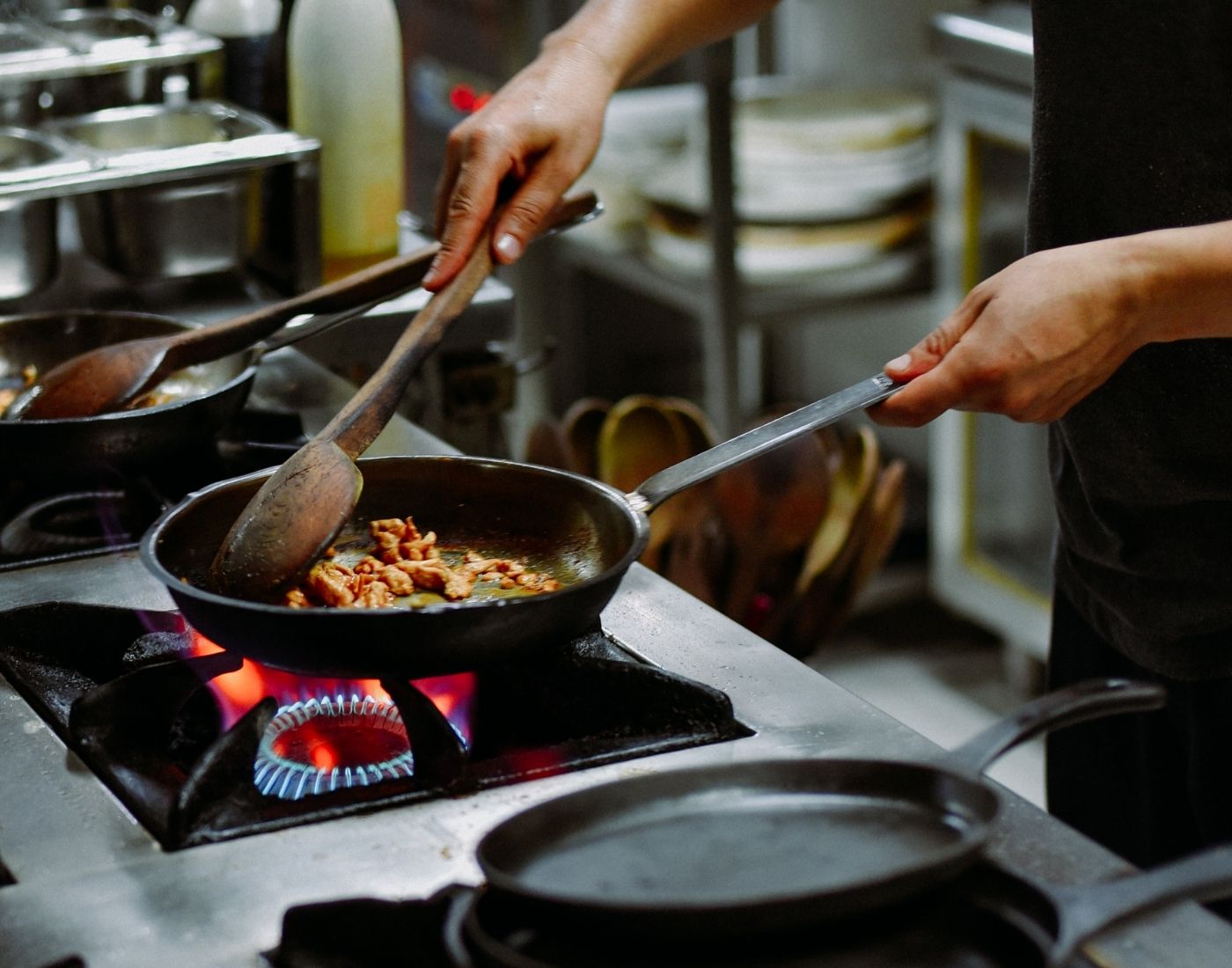
RetailSafe guide
RetailSafe has been designed for retailers handling unwrapped high-risk foods. It has been designed to assist with compliance with the food hygiene regulations and is built on the CookSafe approach and structure.
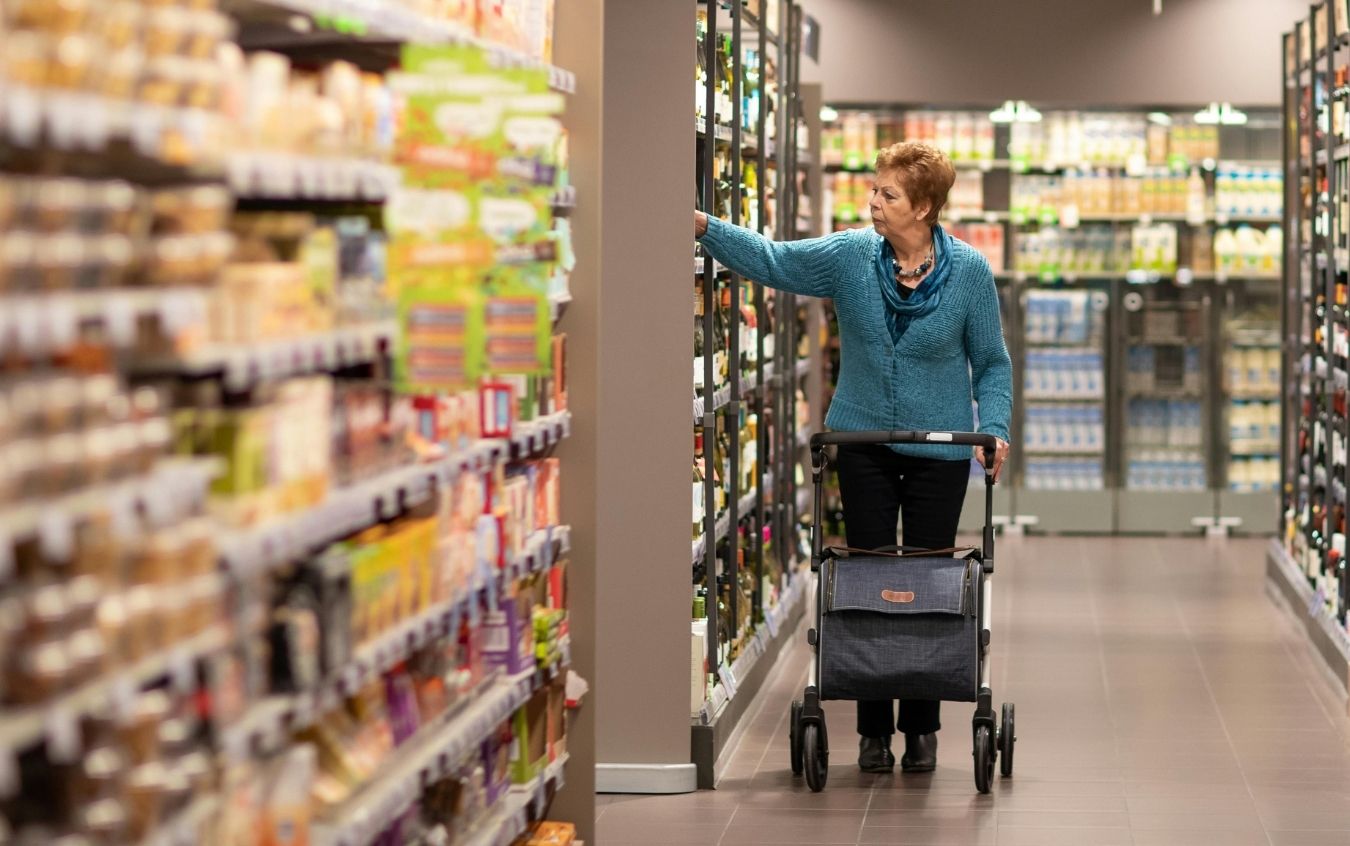
ButcherSafe
ButcherSafe is for butchers who handle or produce both raw and ready-to-eat food. This manual places strong emphasis on the control and protection of ready-to-eat food.
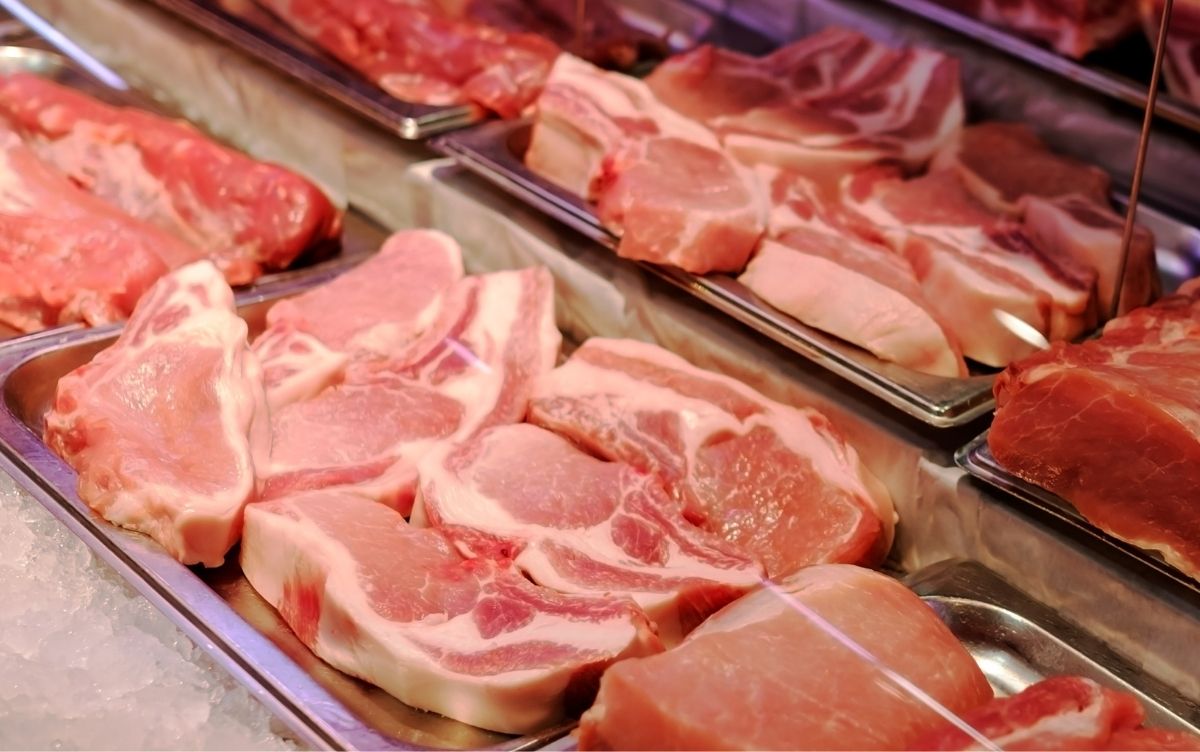
Online allergy training
Learn more about how to manage allergens in the kitchen and to provide clear allergen information for your customers with our free online allergy training courses.
Food Crime Risk Profiling Tool
Understand the risk of food crime in your business and learn what you can do to protect you and your supply chain.
Safe smoked fish tool
Tool
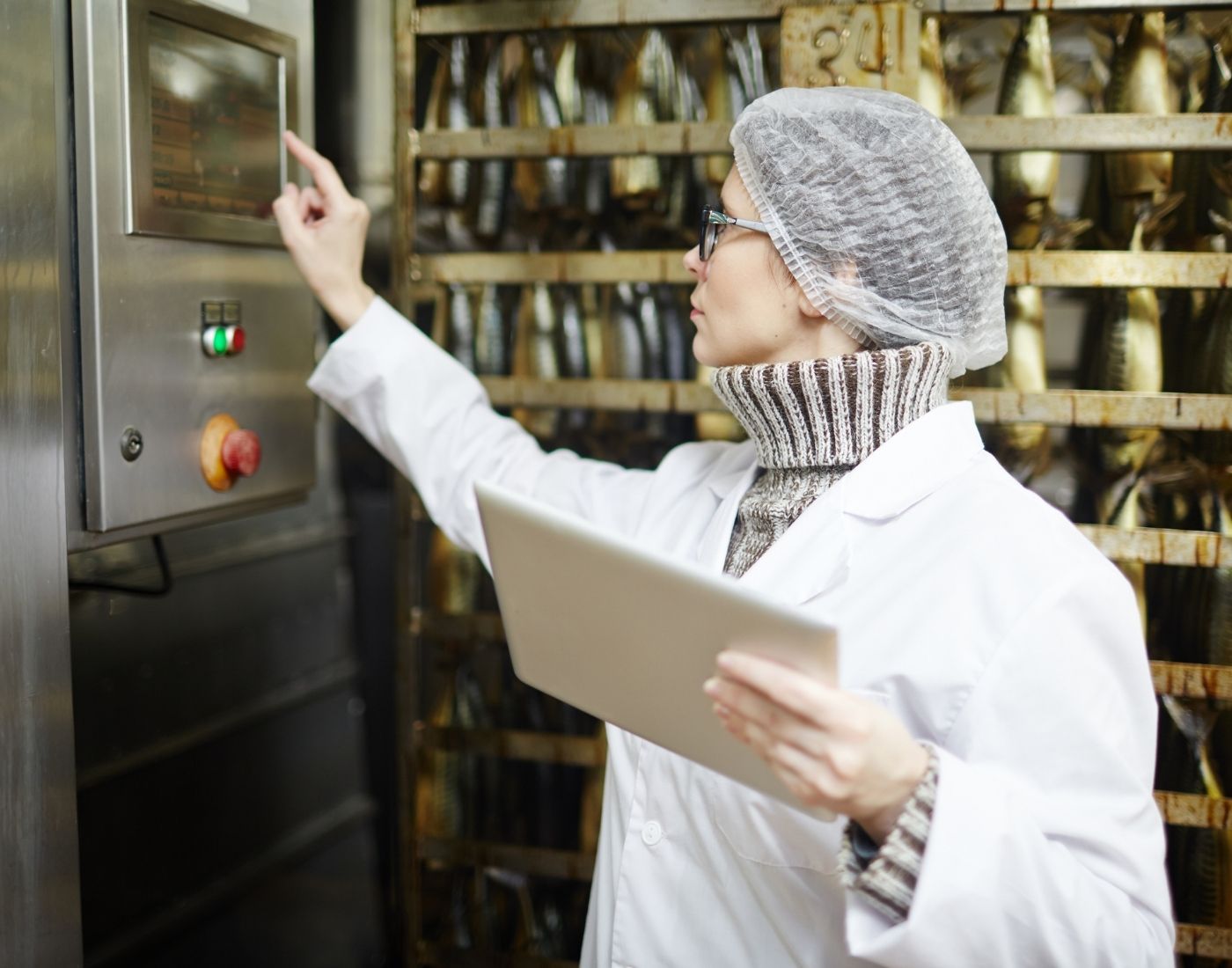
Our tool helps manufacturers assess their individual practices with tips and guidance to support safe smoked fish production.
Complete safe smoked fish assessments

